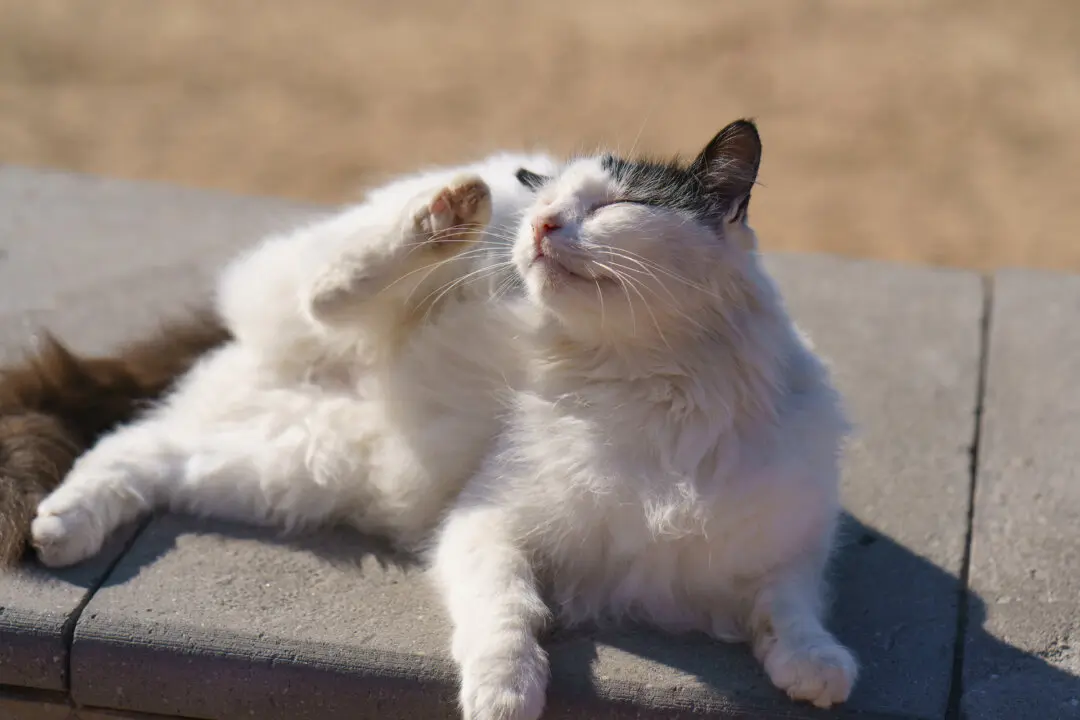Q: I am about to adopt a cat, my first. I want to understand what my new cat is trying to tell me through meowing and body language. Please educate me.
A: Congratulations on adopting your new family member and learning how to communicate with your kitty. Feline vocalizations, body language, scent communication, visual signals, and tactile communication are fascinating.





